On November 9th 2013, Vettai Utsavam was celebrated grandly at Trivandrum Sri Padmanabhaswamy Divya Desam. Sri Padmanabhaswamy Temple celebrates bi-annual festivals in the months of Thulam (Aippasi) and Meenam(Painkuni). A function is conducted for according formal sanction to conduct the Utsavam(festival). This is known as Anujna. Other functions include Mannuneeru Koral, Mula Pooja, Kalasam, etc. The festival starts with Kodiyettu(flag hoisting) at Sri Padmanabhaswamy’s gold and Sri Krishnaswamy’s silver flag poles.
The festival is of ten days duration culminating in the spectacular Palliveta and Arat processions on the 9th and 10th days respectively. Kalasams also known as Ulsava Kalasams take place in addition to the routine rituals. Special Sreebalies (Processions) are conducted twice a day, in the evening 4.30 pm and at night 8.30pm.Exception is there on the first day when there is only night Sreebali. Once during the reign of Sree Anizhom Thirunal Marthanda Varma, an elephant ran amock. Since then, the practice of using elephants to carry the idols in the procession was given up and Vahanas (vehicles) carried on the shoulder by a number of priests came into vogue. Six different kinds of beautiful conveyances are used for these processions. They are the Simhasana Vahanam (Throne), Anantha Vahanam (Serpant), Kamala Vahanam (Lotus), Pallakku Vahanam (Palanquin), Garuda Vahanam (Garuda) and Indra Vahanam (Gopuram). Of these the Pallakku and Garuda Vahanas are repeated twice and four times respectively. The Garuda Vahanam is considered as the favorite conveyance of the Lord.
The different days on which the various Vahanams are taken out for the procession are as follows.
- 1st day of Utsavam Simhasana Vahanam
- 2nd day of Utsavam Anantha Vahanam
- 3rd day of Utsavam Kamala Vahanam
- 4th day of Utsavam Pallakku Vahanam
- 5th day of Utsavam Garuda Vahanam
- 6th day of Utsavam Indra Vahanam
- 7th day of Utsavam Pallakku Vahanam
- 8th day of Utsavam Garuda Vahanam
- 9th day of Utsavam Garuda Vahanam
- 10th day of Utsavam Garuda Vahanam
Sri Padmanabhaswamy’s Vahanam is in gold while those of Narasimha Swamy and Krishna Swamy are in silver. The Vahanams are richly decorated with colourful flowers. The eighth Utsavam has significance in the sense that ‘Valiya Kanikka’ is offered. During the night Sreebali the Swamiyar offers the first Kanikka followed by the Valia Thampuran(the eldest male member of the Royal Family). The ninth day festival is called Pallivetta. Pallivetta signifies a royal hunt. As the Ruler of the land, the Swamy ventures to hunt down and annihilate all the ills. In a temporarily erected grove, the Maharaja as the representative of the Lord, aims an arrow on a tender coconut which symbolizes evil. The Valiya Thampuran and other male members of the Royal Family array outside with swords and shields, and accompany the procession. The difference in the Garuda Vahanam used for the Pallivetta and Aarat is that the Anki (outer covering) of the image of Lord Padmanabhaswamy holds a bow and an arrow in the hands.
On the tenth day is the Aarat. After two circumambulations, all the Vahanams are taken out through the Western entrance. The Valiya Thampuran and other male members of the Royal Family escort the Deities with drawn swords and shields. The Aarat procession slowly proceeds with pomp and pageantry, colour and music, men carrying divine emblems and insignias of royalty. History and heritage are re-lived. The procession reaches the Sanghumugham beach and the Vahanams are positioned in the Aarat Mandapam. Poojas are performed to the idols by the Tantri (Tantri is of the Tharanalloor Illam. This Illam has held the position of Tantri for centuries) and the holy immersion in the sea takes place. After this, the procession returns to the Temple.
For detailed sthala puranam of the temple, please visit Sthalapuranam – Anantha Padmanabhaswamy temple – Kerala Divya Desam Series
The following are some of the photographs taken during the utsavam…
Photo Courtesy: Sri Gopalavallidasar; Writeup Courtesy: Sri Satish of Divyadesamsyatra blogspot




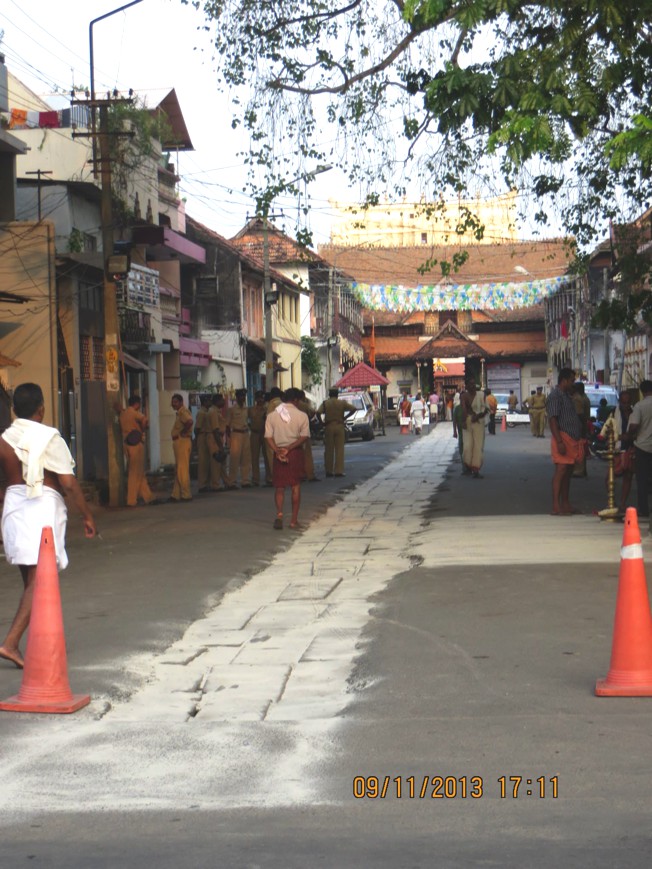
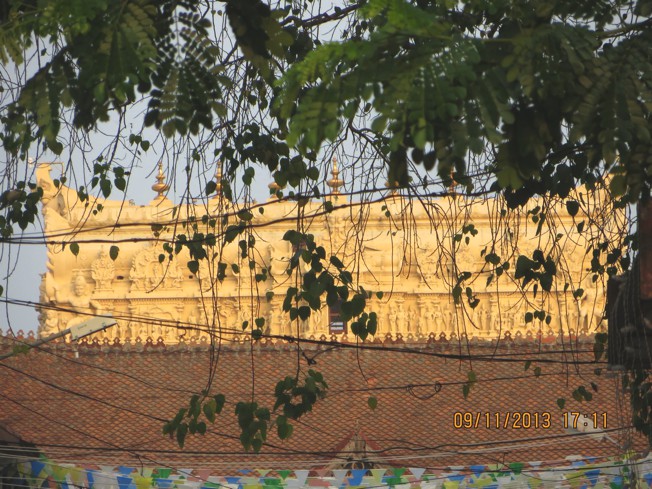


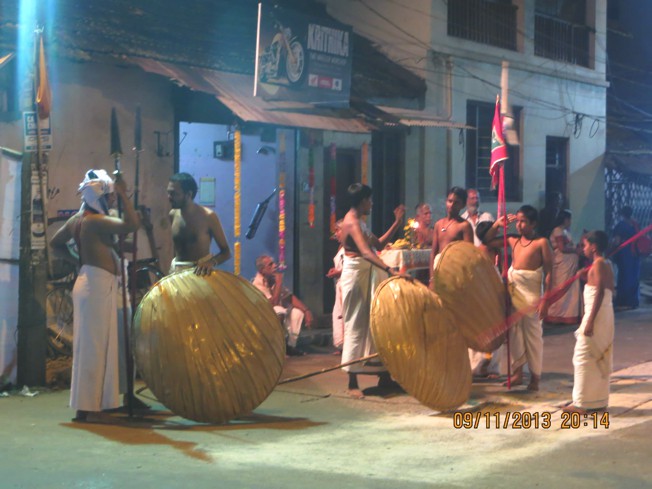
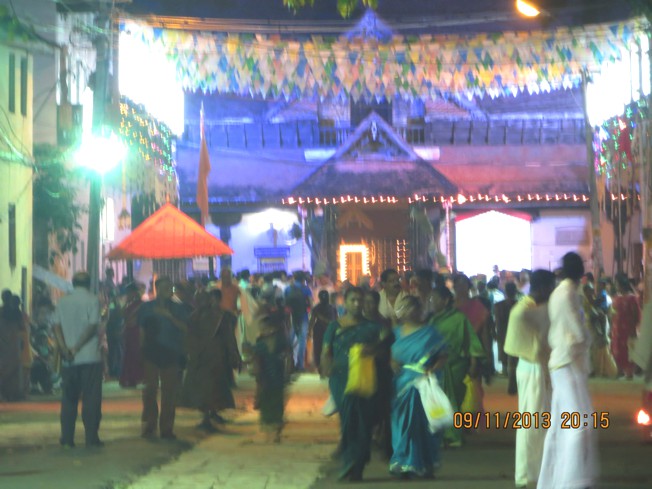


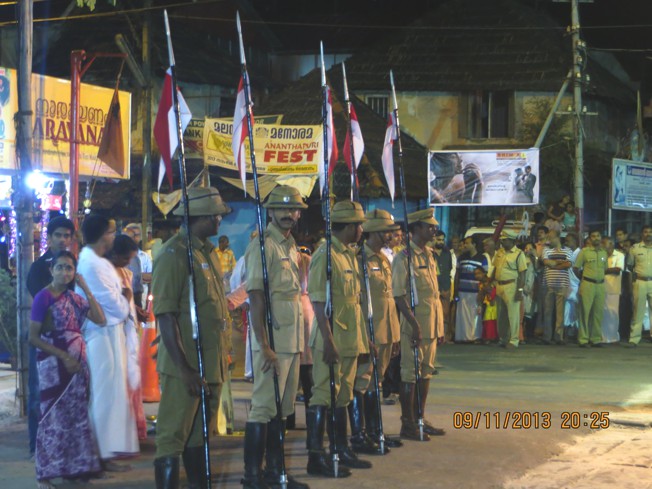




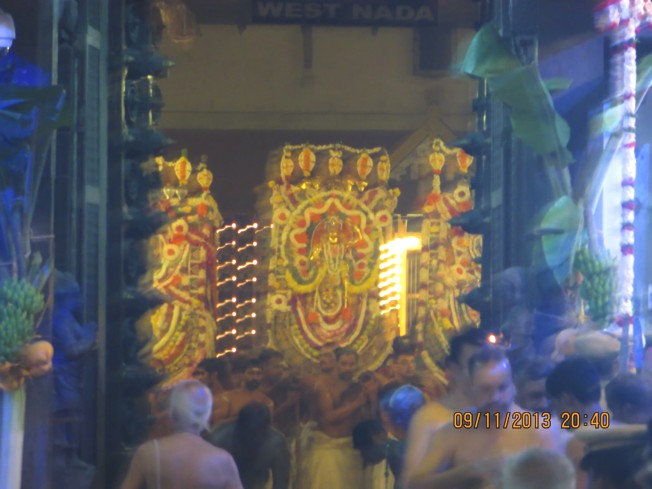
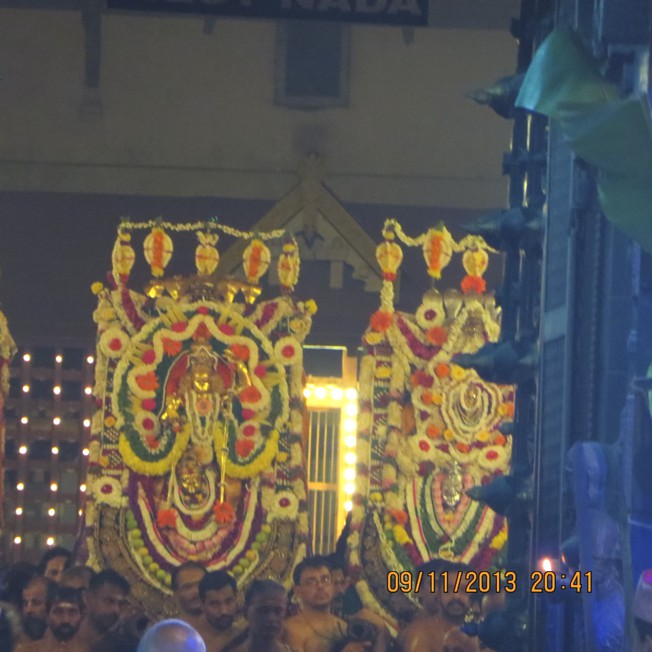
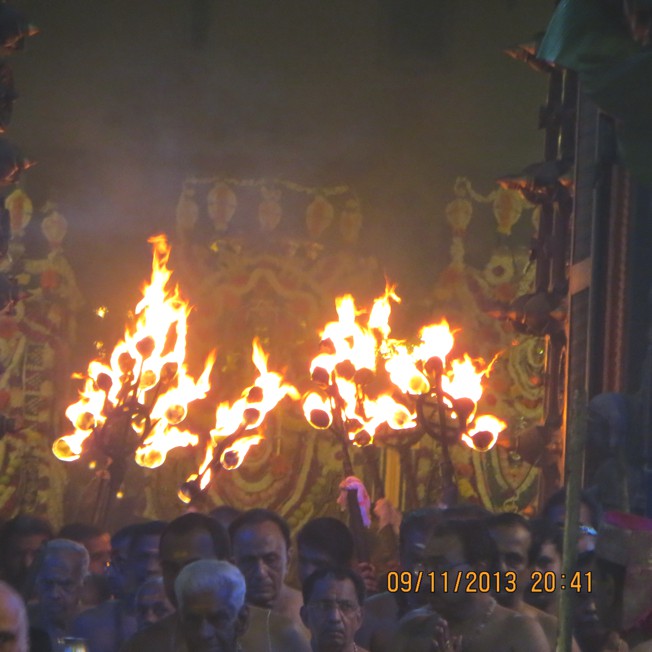
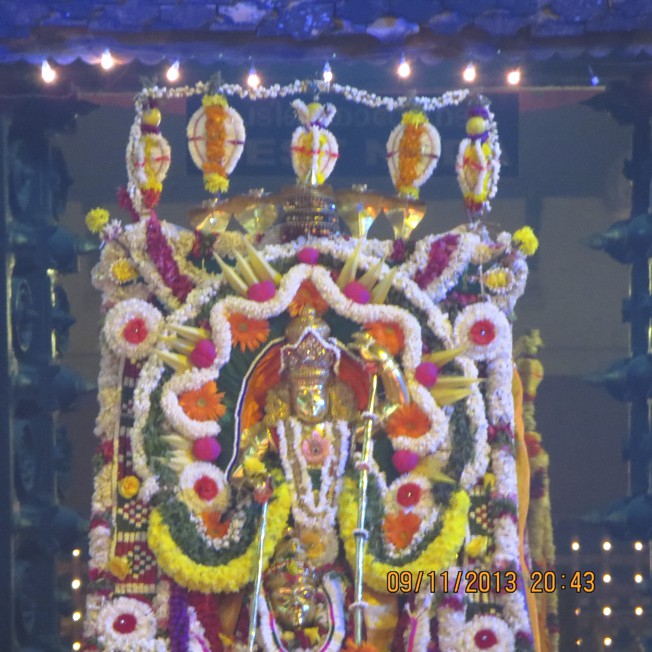
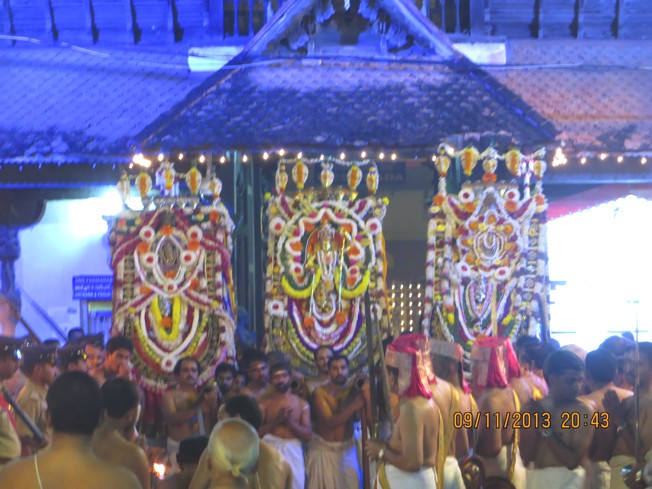
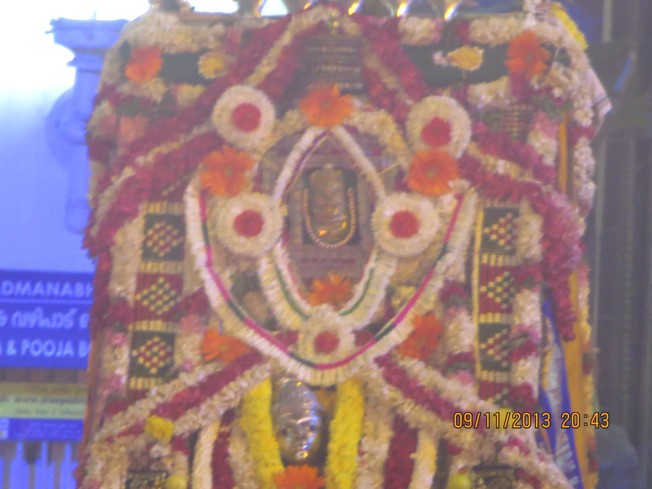


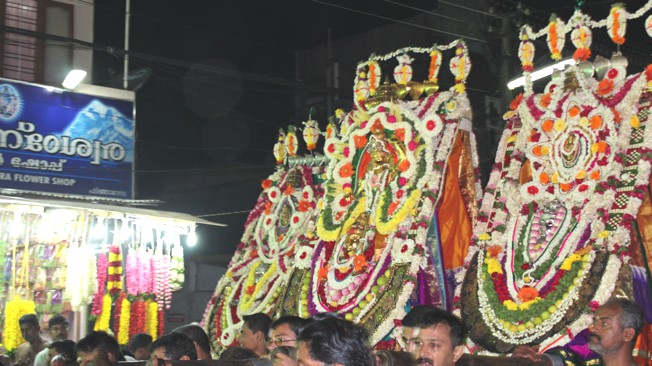
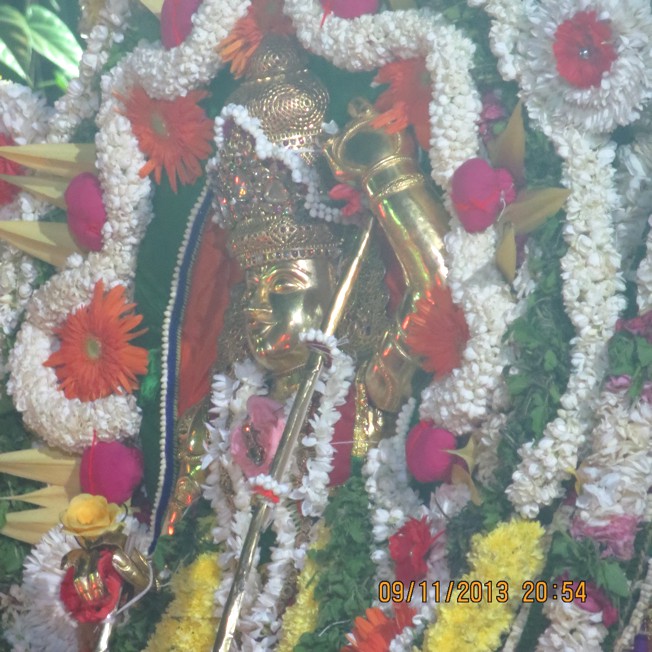

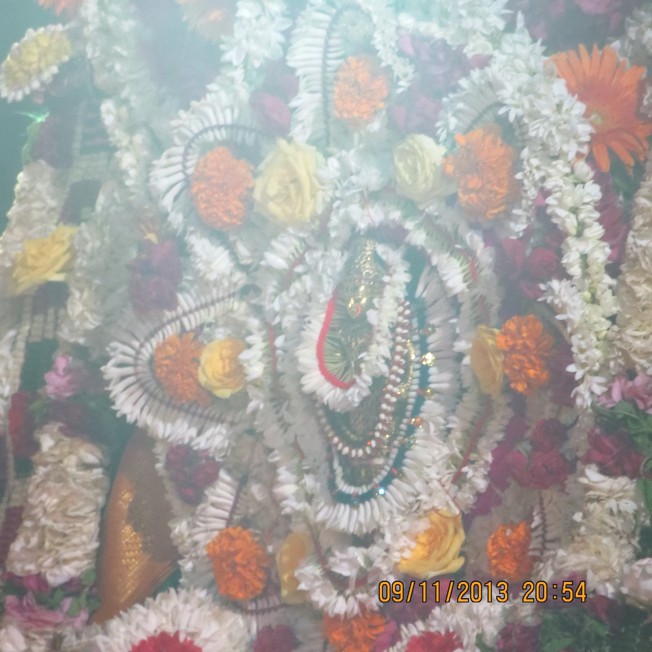



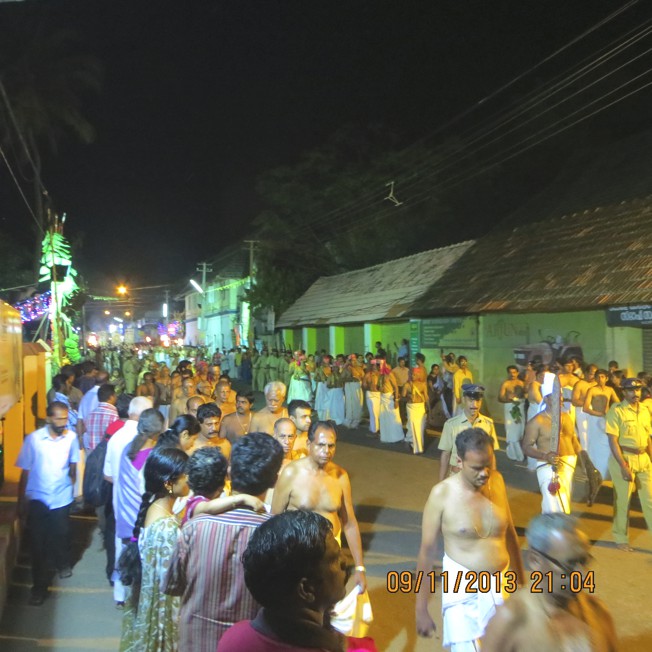

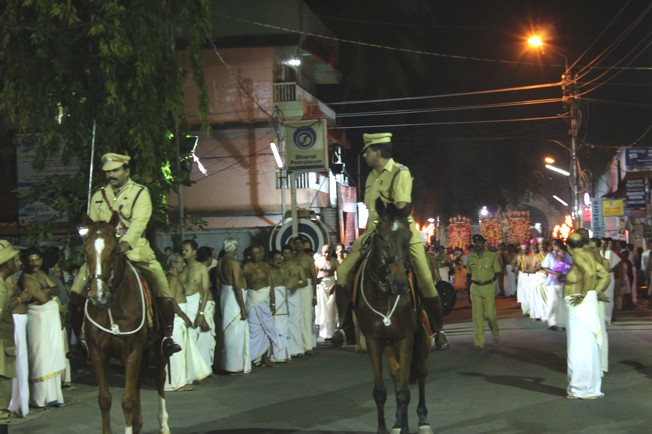
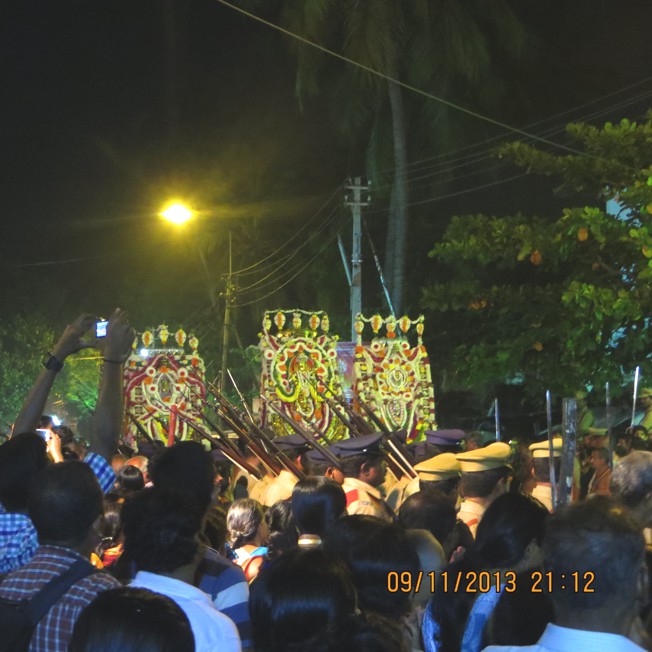

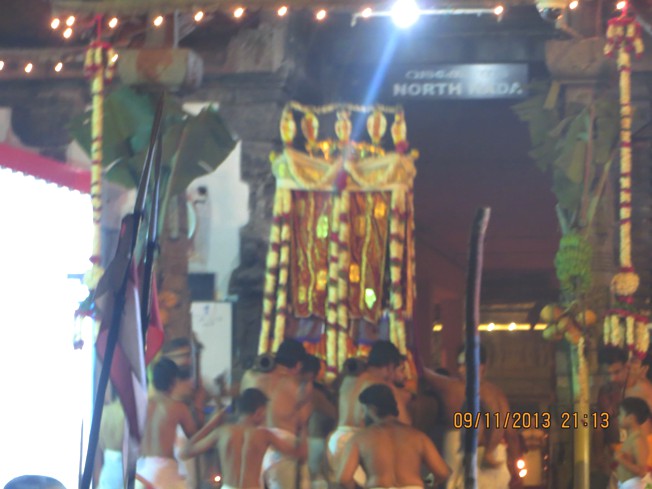
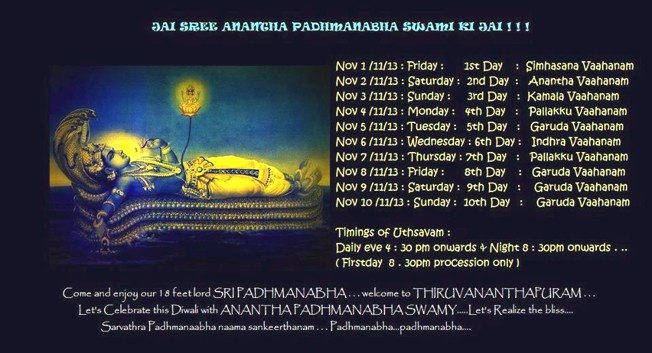
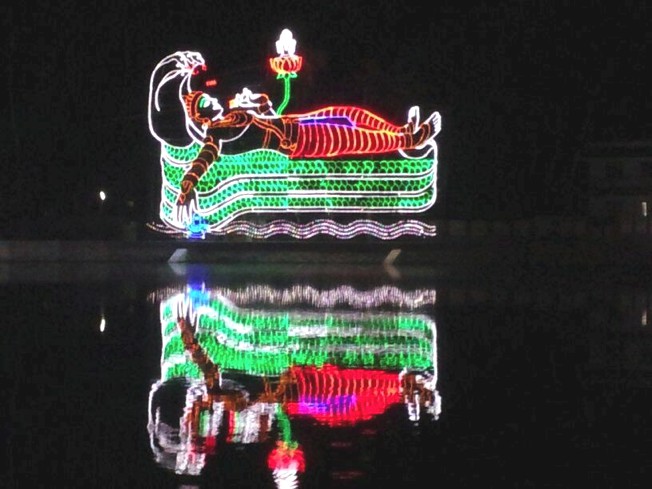






maalai nadu 13 divya desam garuda sevai utsavam natshathiram details